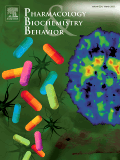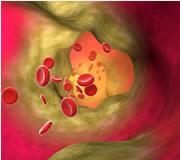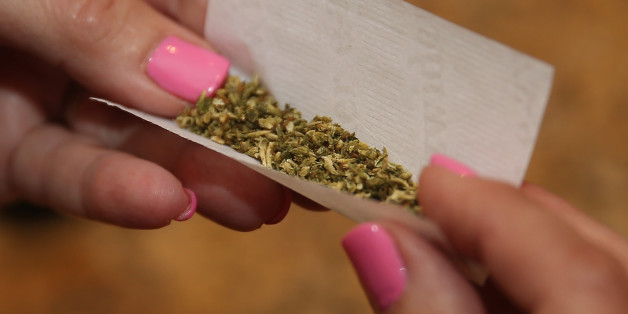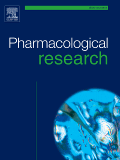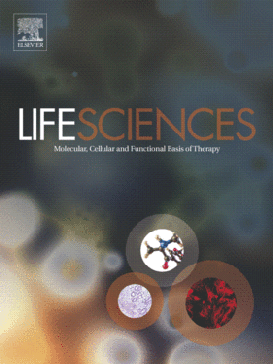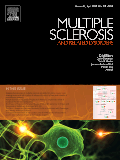
“Nabiximols is a cannabinoid compound approved for the treatment of multiple sclerosis (MS)-related spasticity.
However, additional symptoms, such as pain, urinary urgency and sleep disturbance, may benefit from treatment.
CASE REPORT:
The present report describes a patient with secondary progressive MS and severe lower limbs spasticity who was started on treatment with nabiximols. The patient also suffered from trigeminal neuralgia, which he was not treating due to inefficacy or side effects of all previously tried medications. After nabiximols initiation the patient experienced a marked benefit on trigeminal neuralgia, which completely resolved, while spasticity responded only partially to treatment.
CONCLUSION:
Nabiximols mechanism of action is based on the interaction with CB1 and CB2 receptors, which are expressed by central nervous system neurons and are known to modulate pain among other effects. The present case indicates that nabiximols and other cannabinoids need to be further tested for the treatment of trigeminal neuralgia.”
http://www.ncbi.nlm.nih.gov/pubmed/27456876
“Therapeutic potential of cannabinoids in trigeminal neuralgia. Considering the pronounced antinociceptive effects produced by cannabinoids, they may be a promising therapeutic approach for the clinical management of trigeminal neuralgia.” http://www.ncbi.nlm.nih.gov/pubmed/15578967
